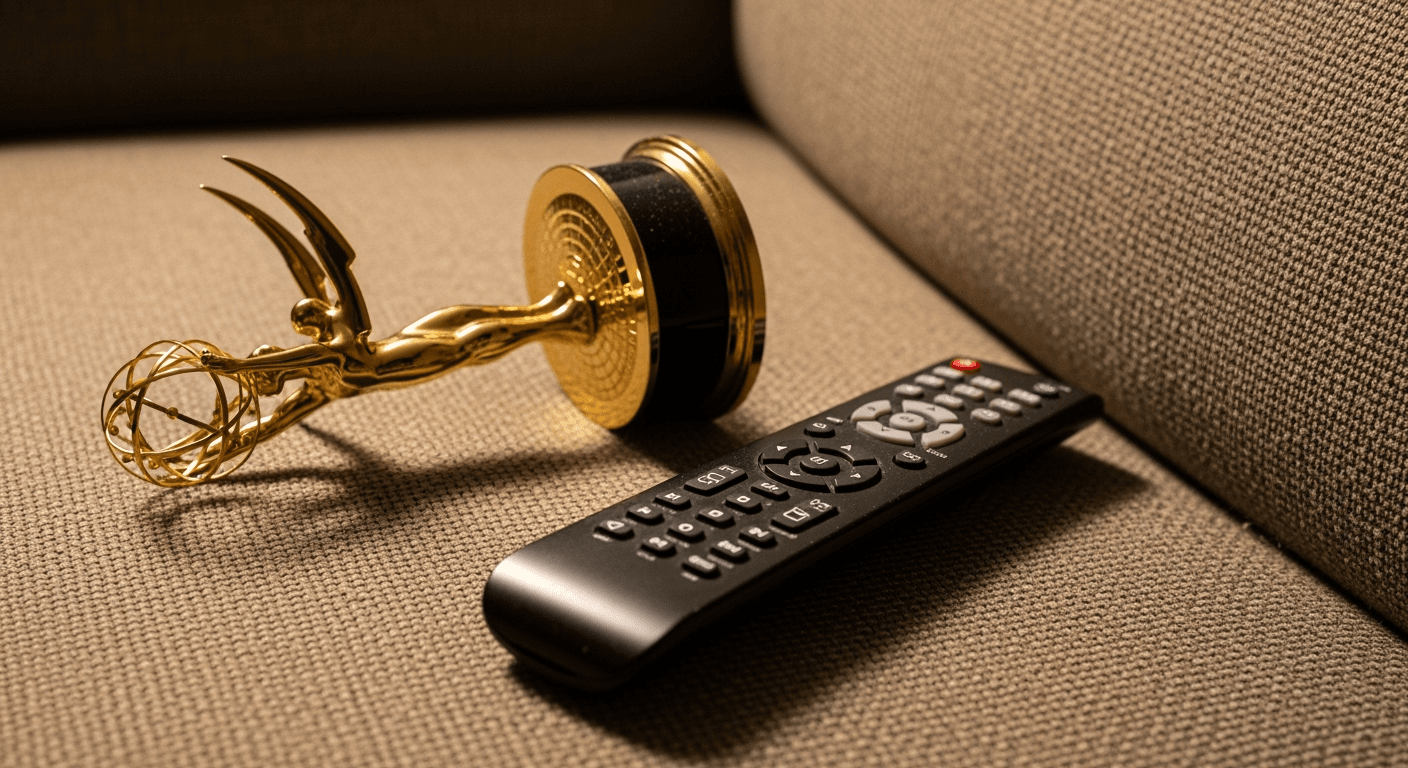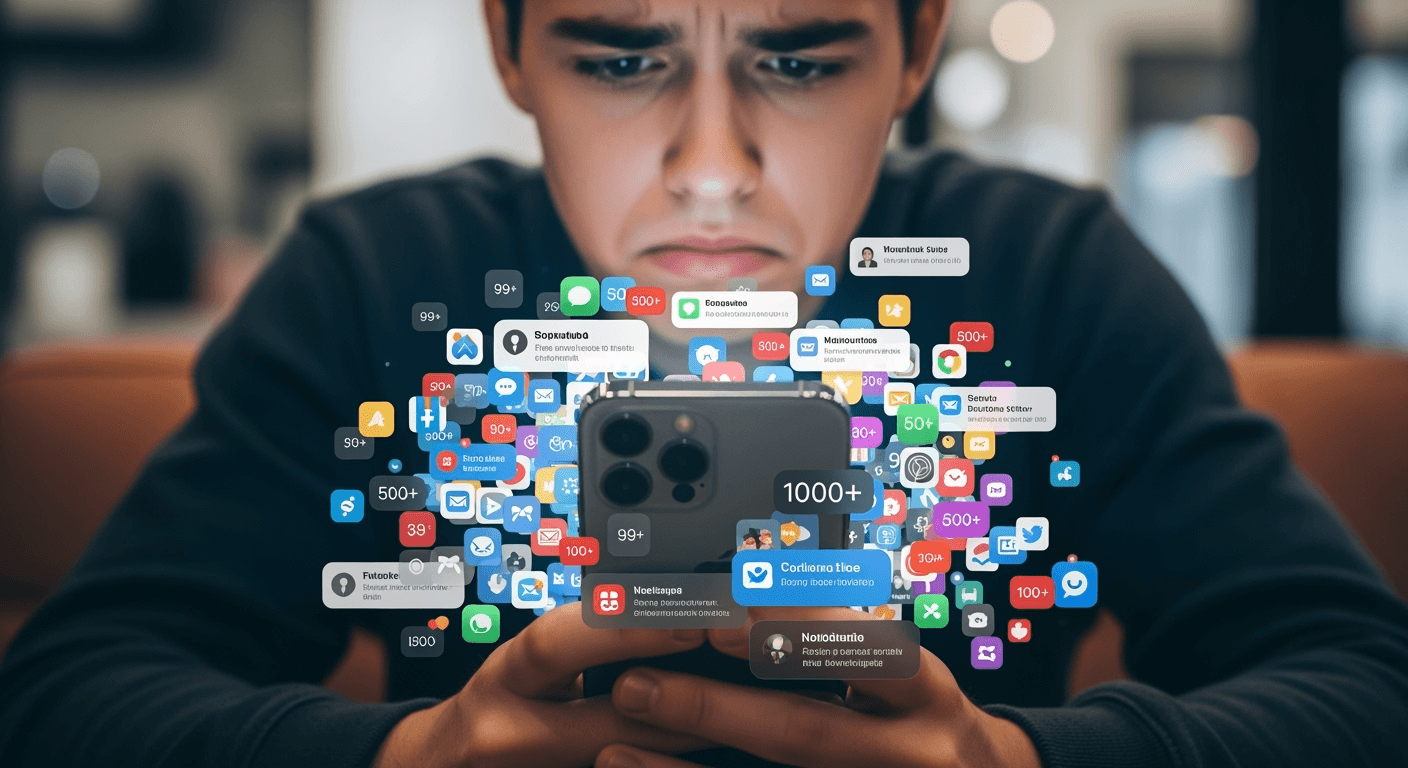The annual iPhone release cycle represents a masterful psychological operation designed to make us feel inadequate without the latest tech, regardless of whether it meaningfully improves our lives. Each September, millions watch with bated breath as Apple unveils marginally improved features that somehow feel essential, despite solving virtually no new problems in our daily existence.
Key Takeaways
- Apple’s marketing creates powerful FOMO psychology driving unnecessary upgrades
- New features primarily facilitate passive consumption rather than addressing real human needs
- Americans check their phones 352 times daily, revealing dependency beyond utility
- The environmental toll includes 54 million tons of electronic waste annually
- Asking whether a device improves your relationships matters more than its technical specifications
The Psychology of the Annual Upgrade Cycle
Let me be real with you – I’ve fallen for it too. That strange mix of excitement and anxiety when Apple announces a new iPhone, making me question if my perfectly functional year-old device is suddenly inadequate.
This isn’t accidental but a carefully engineered marketing strategy built on exploiting our psychological vulnerabilities. According to Reviews.org, the average American checks their phone 352 times daily – roughly once every three minutes we’re awake – suggesting our relationship with these devices has moved far beyond simple utility.
The genius of Apple’s approach lies in creating a perfect storm of social pressure and planned obsolescence. When iOS updates gradually slow down older models and your friends showcase their shiny new devices, the FOMO becomes almost unbearable.
What’s particularly insidious is how this cycle exploits our natural desire for connection while simultaneously eroding it. Despite having more powerful communication tools than ever, studies from Cigna show loneliness has reached epidemic levels, with those most frequently using social media reporting the highest levels of isolation.

Features That Solve Problems We Never Knew We Had
Let’s break down what actually changes with each iPhone 17 iteration. The camera gets marginally better, allowing you to capture higher resolution images of food that gets cold while you’re photographing it.
The processor becomes incrementally faster, enabling you to doom-scroll TikTok with slightly less lag. Battery improvements primarily serve to compensate for increasingly power-hungry apps rather than extending your actual productive usage time.
The marketing magic happens when these minor adjustments are presented as revolutionary solutions to problems you didn’t know existed. Suddenly you need computational photography for your casual snapshots, or you require cinematic mode for videos nobody will ever watch.
The pricing psychology is particularly brilliant – by gradually normalizing $1,000+ smartphones, Apple has shifted our perception of value. I’ve caught myself justifying a $1,200 purchase because it’s “only” $100 more than last year’s model, completely ignoring that these devices lose significant value the moment they’re unboxed.
The Hidden Costs Beyond Your Credit Card
The true price of our upgrade culture extends far beyond what shows up on your Apple Card statement. According to the UN’s Global E-waste Monitor, approximately 54 million tons of electronic waste is generated annually worldwide, with smartphones contributing significantly to this environmental disaster.
The resource extraction required for each new device – including rare earth minerals often mined under questionable labor conditions – creates ecological damage that contradicts the clean, minimalist aesthetic of consumer technology. Each glossy unboxing video masks a complex supply chain with serious ethical implications.
The psychological toll is equally concerning. Research shows about 48% of smartphone users report feeling uneasy or anxious when separated from their devices – a phenomenon sometimes called nomophobia (no-mobile-phone phobia).
This dependency is by design, as notification systems exploit our brain’s reward pathways in ways similar to gambling mechanics. The average American now spends over 7 hours daily on screens, time that could be spent on activities that actually improve wellbeing.

Reclaiming Your Humanity in a Tech-Obsessed World
I’m not suggesting throwing your iPhone into the sea (more e-waste). Instead, I’m advocating for a more intentional relationship with technology.
Before any tech purchase, I’ve started asking myself these questions:
- Does this solve a specific, existing problem in my daily life?
- Will this purchase improve my relationships with others?
- Am I buying this because I need it or because I’ve been convinced I should want it?
- Can my current device be repaired or updated instead?
Keeping and maintaining older devices has become a surprisingly countercultural act. My iPhone 12 still takes decent photos, runs every app I need, and works perfectly for calls and texts – the primary functions of a phone.
Building boundaries between yourself and your technology might be the most radical act of self-care in 2023. I’ve experimented with digital wellness practices like keeping my phone out of the bedroom, having tech-free dinners, and using grayscale mode to reduce the dopamine hit from colorful apps.
The most profound tech review question isn’t about processor speeds or camera megapixels. It’s whether a device helps you live a better life according to your own definition – not Apple’s.
Perhaps the most unfiltered perspective on the new iPhone is acknowledging that it’s designed primarily to solve Apple’s problems (maintaining growth and shareholder value) rather than yours. The most revolutionary tech product might be the one you decide not to buy.
Sources
Reviews.org: Cell Phone Behavior in 2023: How Obsessed Are We?
Cigna: Loneliness in America: How the COVID-19 Pandemic Has Deepened an Epidemic of Loneliness
United Nations: Global E-waste Monitor
Journal of Computer-Mediated Communication: Nomophobia: An Emerging Mobile Phone Dependency
Center for Humane Technology: The Attention Economy





The Unfiltered First Impression: Does the New iPhone Fix a Single Real-Life Problem?
The annual iPhone release cycle represents a masterful psychological operation designed to make us feel inadequate without the latest tech, regardless of whether it meaningfully improves our lives. Each September, millions watch with bated breath as Apple unveils marginally improved features that somehow feel essential, despite solving virtually no new problems in our daily existence.
Key Takeaways
The Psychology of the Annual Upgrade Cycle
Let me be real with you – I’ve fallen for it too. That strange mix of excitement and anxiety when Apple announces a new iPhone, making me question if my perfectly functional year-old device is suddenly inadequate.
This isn’t accidental but a carefully engineered marketing strategy built on exploiting our psychological vulnerabilities. According to Reviews.org, the average American checks their phone 352 times daily – roughly once every three minutes we’re awake – suggesting our relationship with these devices has moved far beyond simple utility.
The genius of Apple’s approach lies in creating a perfect storm of social pressure and planned obsolescence. When iOS updates gradually slow down older models and your friends showcase their shiny new devices, the FOMO becomes almost unbearable.
What’s particularly insidious is how this cycle exploits our natural desire for connection while simultaneously eroding it. Despite having more powerful communication tools than ever, studies from Cigna show loneliness has reached epidemic levels, with those most frequently using social media reporting the highest levels of isolation.
Features That Solve Problems We Never Knew We Had
Let’s break down what actually changes with each iPhone 17 iteration. The camera gets marginally better, allowing you to capture higher resolution images of food that gets cold while you’re photographing it.
The processor becomes incrementally faster, enabling you to doom-scroll TikTok with slightly less lag. Battery improvements primarily serve to compensate for increasingly power-hungry apps rather than extending your actual productive usage time.
The marketing magic happens when these minor adjustments are presented as revolutionary solutions to problems you didn’t know existed. Suddenly you need computational photography for your casual snapshots, or you require cinematic mode for videos nobody will ever watch.
The pricing psychology is particularly brilliant – by gradually normalizing $1,000+ smartphones, Apple has shifted our perception of value. I’ve caught myself justifying a $1,200 purchase because it’s “only” $100 more than last year’s model, completely ignoring that these devices lose significant value the moment they’re unboxed.
The Hidden Costs Beyond Your Credit Card
The true price of our upgrade culture extends far beyond what shows up on your Apple Card statement. According to the UN’s Global E-waste Monitor, approximately 54 million tons of electronic waste is generated annually worldwide, with smartphones contributing significantly to this environmental disaster.
The resource extraction required for each new device – including rare earth minerals often mined under questionable labor conditions – creates ecological damage that contradicts the clean, minimalist aesthetic of consumer technology. Each glossy unboxing video masks a complex supply chain with serious ethical implications.
The psychological toll is equally concerning. Research shows about 48% of smartphone users report feeling uneasy or anxious when separated from their devices – a phenomenon sometimes called nomophobia (no-mobile-phone phobia).
This dependency is by design, as notification systems exploit our brain’s reward pathways in ways similar to gambling mechanics. The average American now spends over 7 hours daily on screens, time that could be spent on activities that actually improve wellbeing.
Reclaiming Your Humanity in a Tech-Obsessed World
I’m not suggesting throwing your iPhone into the sea (more e-waste). Instead, I’m advocating for a more intentional relationship with technology.
Before any tech purchase, I’ve started asking myself these questions:
Keeping and maintaining older devices has become a surprisingly countercultural act. My iPhone 12 still takes decent photos, runs every app I need, and works perfectly for calls and texts – the primary functions of a phone.
Building boundaries between yourself and your technology might be the most radical act of self-care in 2023. I’ve experimented with digital wellness practices like keeping my phone out of the bedroom, having tech-free dinners, and using grayscale mode to reduce the dopamine hit from colorful apps.
The most profound tech review question isn’t about processor speeds or camera megapixels. It’s whether a device helps you live a better life according to your own definition – not Apple’s.
Perhaps the most unfiltered perspective on the new iPhone is acknowledging that it’s designed primarily to solve Apple’s problems (maintaining growth and shareholder value) rather than yours. The most revolutionary tech product might be the one you decide not to buy.
Sources
Reviews.org: Cell Phone Behavior in 2023: How Obsessed Are We?
Cigna: Loneliness in America: How the COVID-19 Pandemic Has Deepened an Epidemic of Loneliness
United Nations: Global E-waste Monitor
Journal of Computer-Mediated Communication: Nomophobia: An Emerging Mobile Phone Dependency
Center for Humane Technology: The Attention Economy
Share This Story
Share This Story !
editor's pick
The Emmys Are Over. Now Let’s Talk About the Shows That Were Actually the Best of the Year
The Unfiltered First Impression: Does the New iPhone Fix a Single Real-Life Problem?
The World’s Most Important Traffic Jam: What the UN General Assembly Actually Feels Like on the Ground
news via inbox
Get our best unfiltered stories and boldest ideas delivered straight to your inbox.
you might also like
The Secret, Anxious Life of My Pet (and Probably Yours, Too)
The World’s Most Important Traffic Jam: What the UN General Assembly Actually Feels Like on the Ground
The Emmys Are Over. Now Let’s Talk About the Shows That Were Actually the Best of the Year